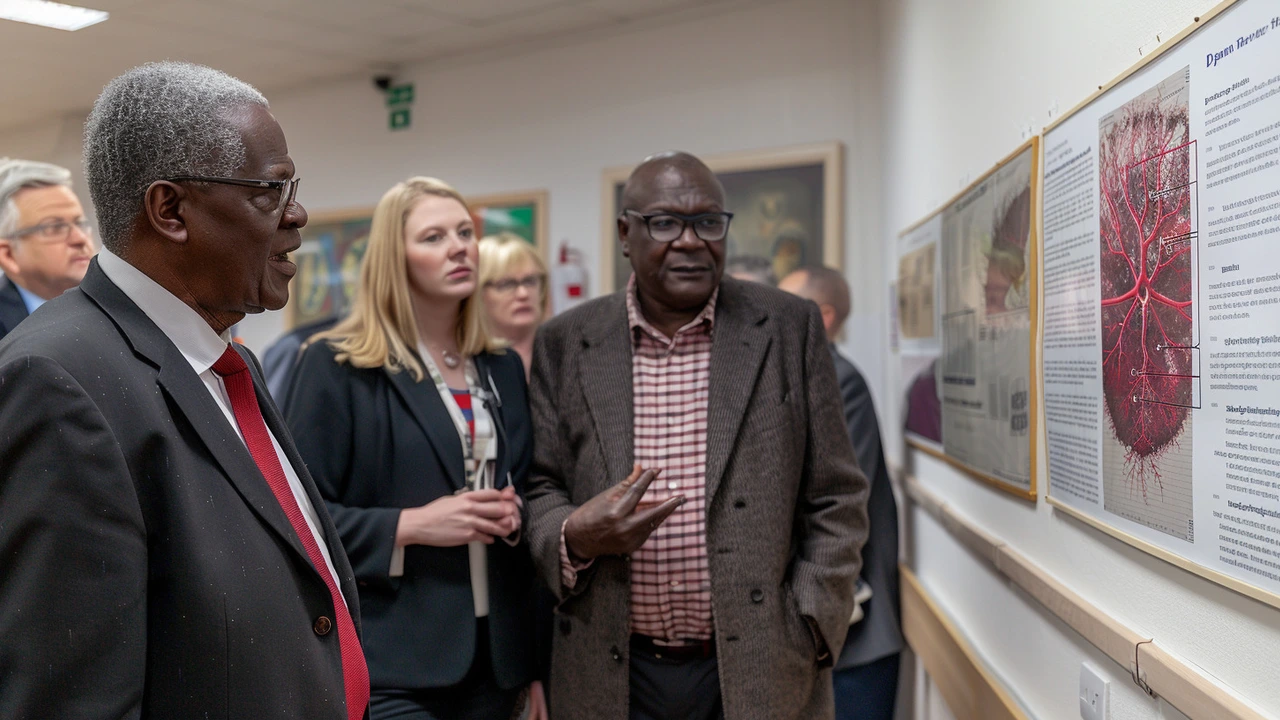This in-depth article explores the connection between Deep Vein Thrombosis (DVT) and Sickle Cell Anemia, two serious health conditions. It examines how Sickle Cell Anemia increases the risk of DVT, offers practical tips for prevention, and discusses the importance of early diagnosis and treatment. The aim is to provide valuable information for both patients and healthcare providers.
Blood Clots – What They Are, Signs, Risks & Prevention
Blood clots might sound scary, but most people never see one. When a clot forms, it’s basically blood that’s turned sticky and stopped flowing where it shouldn’t. That can block veins or arteries and cause real problems, from pain to life‑threatening events. Knowing the basics helps you act fast and keep your circulation running smooth.
How to Spot a Blood Clot
First sign? Sudden pain or swelling in a leg or arm. The area might feel warm, look red, or be oddly tight. If you get a sharp, cramping ache in your calf that worsens when you walk, that’s a classic deep vein thrombosis (DVT) clue. For clots in the lungs (pulmonary embolism), watch for shortness of breath, rapid heartbeat, or chest tightness that feels like a heavy weight.
Clots can also show up in the brain (stroke) with numbness on one side, slurred speech, or trouble seeing. If any of these pop up out of the blue, call emergency services right away. Early treatment can stop a clot from growing and limit damage.
Ways to Lower Your Clot Risk
Most clots happen because blood gets too “sticky.” Staying active is a simple fix—walk around every hour if you sit a lot at work or on a long flight. Stretching your legs, flexing your feet, and moving your arms keep blood flowing.
Hydration matters too. Drinking enough water thins your blood a bit and makes clotting less likely. If you’ve had surgery, a recent injury, or a history of clots, your doctor might suggest a short course of blood‑thinners or compression stockings.
Weight control and quitting smoking are big winners. Both raise inflammation and make clots more likely. Switching to a balanced diet with plenty of fruits, veggies, and whole grains can lower that inflammatory load.
Some medications, like birth control pills or hormone replacement therapy, can raise clot risk. Talk to your provider about alternatives if you’re concerned, especially if you have other risk factors like family history or a recent pregnancy.
When you’re on a plane, wear loose clothing, stay hydrated, and do calf‑pumping exercises every 30 minutes. A simple ankle‑circle or toe‑tapping routine can make a difference on a 10‑hour flight.
If you notice any warning signs—pain, swelling, sudden breathlessness—don’t wait. Get checked out. Quick diagnosis with an ultrasound for DVT or a CT scan for pulmonary embolism can save lives.
Bottom line: blood clots aren’t inevitable. Small daily habits—moving regularly, staying hydrated, keeping a healthy weight—cut the odds dramatically. Pair those habits with awareness of the signs, and you’ll be better equipped to protect yourself and your loved ones.

